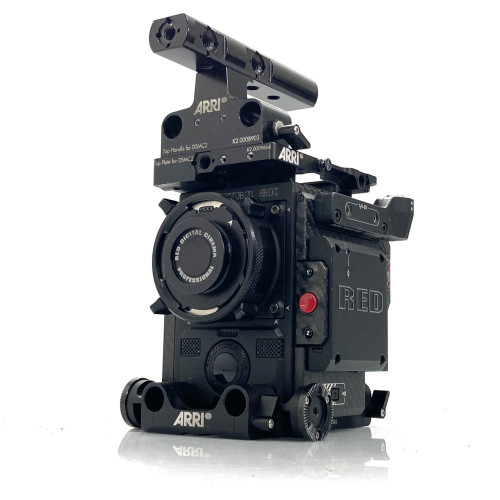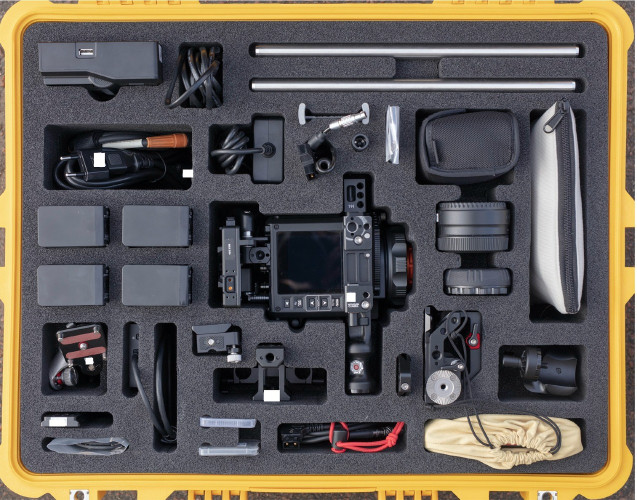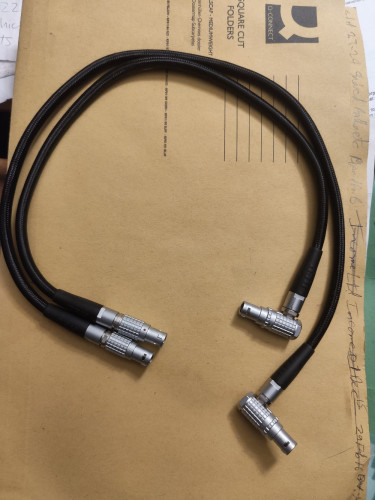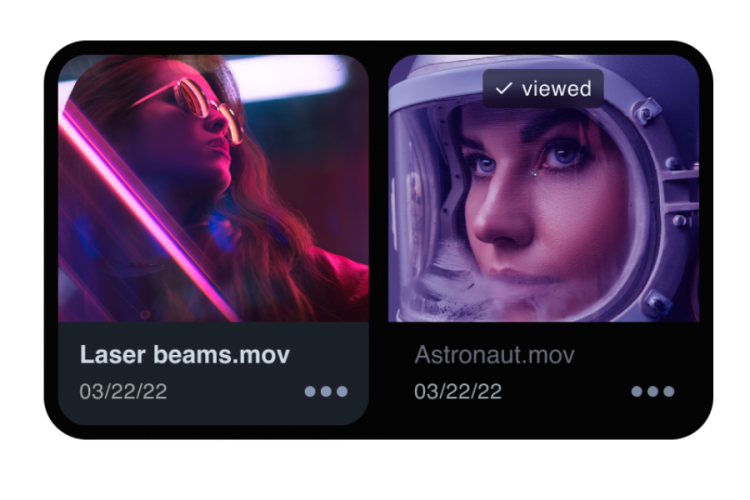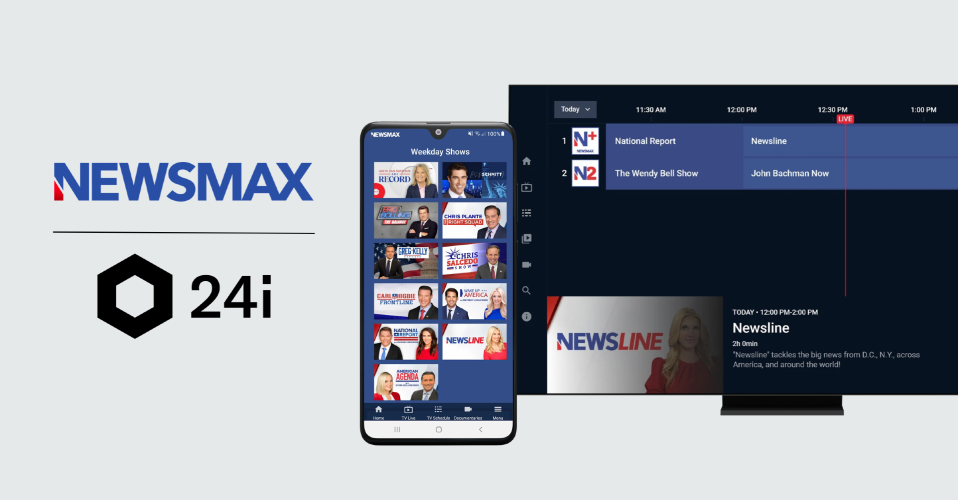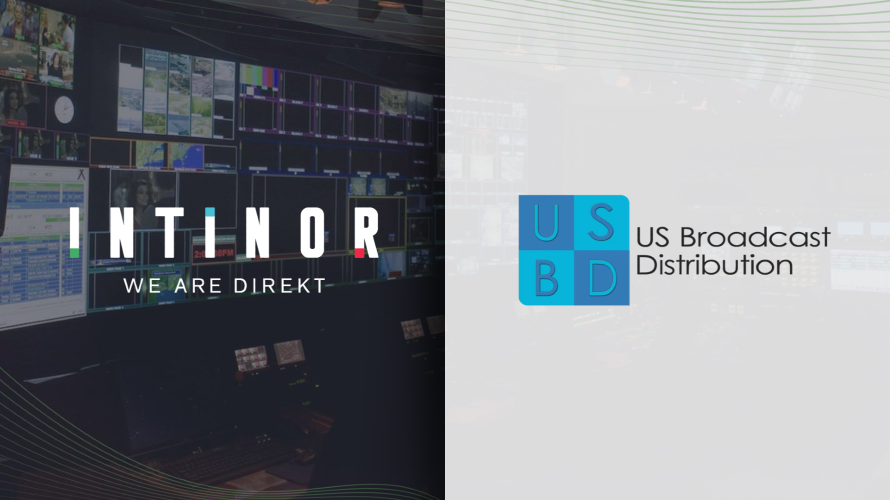by David Hochner Issue 85 - January 2014 2013 has seen a huge array of developments within the broadcasting and satellite space ranging from the rise of connected devices, OTT and Smart TVs becoming common place in the home, the emergence of Ultra HD, or 4K as it is commonly known, through to some broadcasters starting their 3D screenings and those, such as the BBC, who have decided that 3D is not for them.
2013 has certainly been a year where broadcasters and providers alike have not been able to take a step back and admire their work, instead that have taken a deep breath and prepared themselves for what the future holds. With new technologies come new challenges and as audiences expect greater quality and greater customisation of services, broadcasters, content providers and solution providers are preparing themselves for a busy 2014.
The top industry trends that we see for the forthcoming 12 months are:
4K will finally take off
This year has largely been the discussion and the theory behind 4K. What could it do? How can we do it? What benefits will we see? Yet next year it wont just be theory anymore as it will start to be used in practice. The uptake wont be huge, with only few channels testing the water, but this will spark the kick-off for real transmissions and productions of 4K content. The trigger for 4K content, as with many new and innovative broadcasting technologies, is sports and entertainment content such as movies. With the Brazil World Cup taking place, I would expect to see this type of content hitting some screens next summer, particularly in the European and Asian markets, which are already open to this kind of technology. One of the challenges still facing 4K is that there are no standards yet and much of this discussion is still ongoing within the industry.
Yet it doesnt have the same restrictions as 3D did, which means that it stands a real chance of taking off and becoming a part of the way we consume TV content. The uptake wont be fast, for some emerging countries HD has still not been introduced and it wont reach full potential until SD is removed from the picture, but 4K is accessible and meets the growing need from audiences for higher quality content on bigger screens. OTT No longer just a buzzword
Admittedly everyone has been talking about OTT for a while. What was once seen as far-away idea has become a very real reality as the technology is now available and broadcasters and content providers are having to adapt and change the way they provide content to their audiences. One of the biggest challenges so far with the OTT model is that businesses have not been seen to be making any money from it, particularly if you take into account issues such as distribution and rights management. However, as more and more players enter the market, particularly the content management area, then next year will be the commercial kick-off for the technology as increasing focus is placed on it. Additional consideration will also need to be given to how to monetise this content through advertisements etc within the technology.
What the rise of OTT has also down is open up the market for smaller, sometimes more niche broadcasters. There is a growing trend amongst these smaller broadcasters to make use of cloud-based managed services and offerings from specialist providers. This technology is effectively lowering the financial entry barriers to smaller and start-up broadcast and content providers as well as levelling the playing field in terms of giving smaller players access to leading edge technology that would previously have been available only to large multinational broadcasters.
The OTT customer base will be large and varied, but we dont envisage it competing with the 4K market but instead it predominately will be used to reach out to ethnic communities across the globe and those seeking more interactive content. With the US market leading the way, the African region is actually more than ready for OTT as they are able to skip previous technological incarnations and jump right into the next generation solutions that are available.
It is also likely that due to the rise of Smart TV and Apps that we will start to see the demise of the Set Top Box (STB) as users will want less and less boxes in their home. This means that providers will need to work alongside TV manufacturers so that technology is incorporated into the standalone TV set. Less linear consumption of TV Content
In a busy society, the way TV is consumed has been changing as audiences play catch-up with their favourite TV programmes on their mobile devices, laptops and TVs. So it is no real surprise but with On-demand TV and associated apps making it easier to watch TV whenever and wherever you want to, and not when prescribed by the TV channel itself, it means that VOD platforms are competing with the traditional concept of linear TV. Whilst linear TV may remain the as the habit of choice for some audiences, ultimately 2014 will see the increasing rise of mobile consumption of content, and even the development of content specifically designed to be watch on a mobile or tablet device.
Watching TV whilst up in the air
In a completely connected world, users want to be able to access content whenever they want. And when could be a perfect time to take a break and watch your favourite TV channel? Having provided broadcasting services for more 20 years and to a wide ranging selection of outlets, even including live broadcasting to ships in the middle of the ocean, I think the next step for this could be live viewing up in the air whilst travelling on an aeroplane. Whilst this may sound crazy, it is already common place in mobile telecoms market for users to expect no drop in coverage or service, even if they are mid-air. On most major US airlines it is possible to have the same service that you would expect when you have two feet on the ground. So what about taking this to the next level and being able to watch live TV content, or stream TV content, to mobile and tablet devices or even the on-air television systems?
This would be a completely new media for broadcasters and content providers to adapt to and I think that has the connected vision takes flight the subject and development of solutions that are available mid-air will be one to watch. Whilst many broadcasters are getting bandwidth savvy and selecting solutions that make efficient use of what is available, these technologies may be truly tested next year and it will be interesting to see how this develops.
Broadcasting predictions for 2014
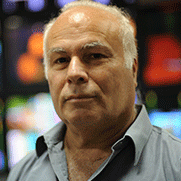
Author: David Hochner
Published 1st February 2014



